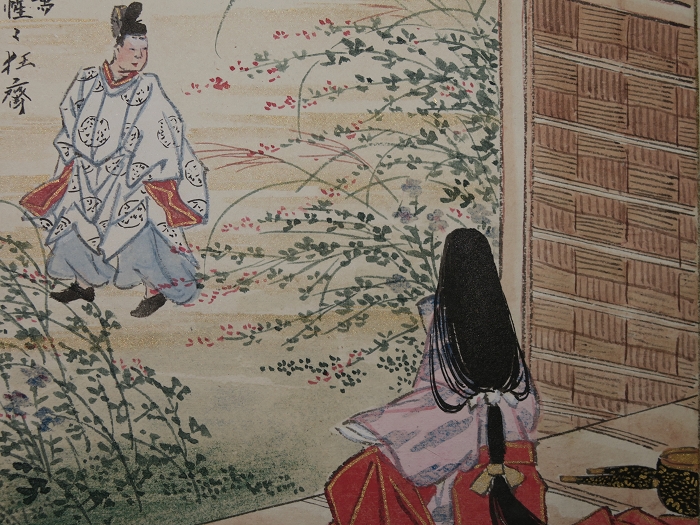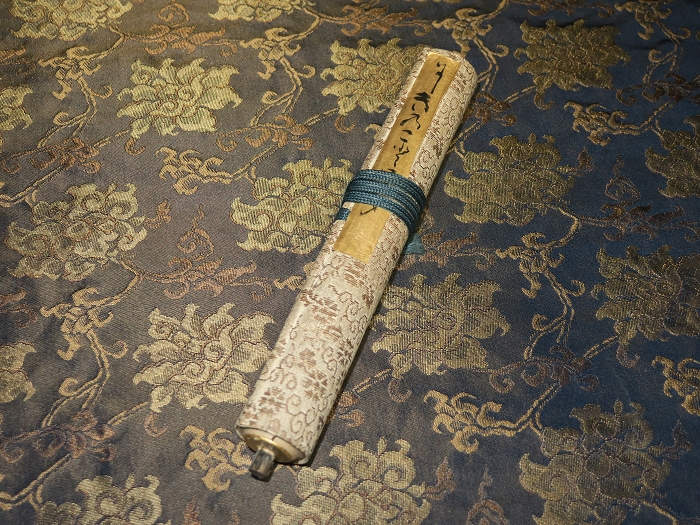
注意:18歳未満閲覧禁止
No admission to 18 years of age
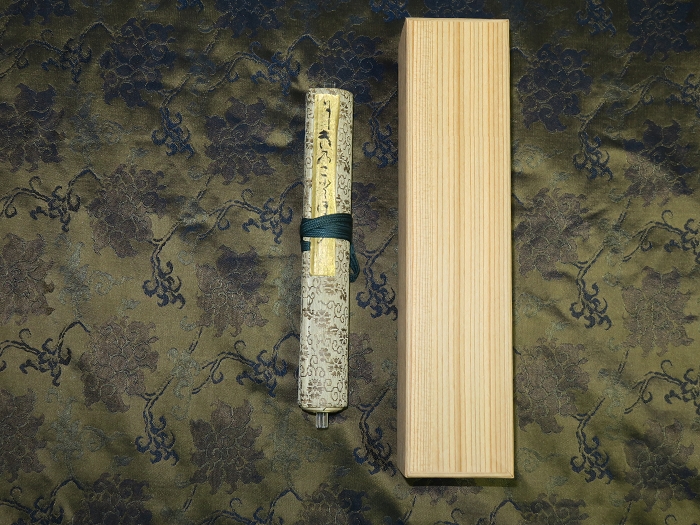
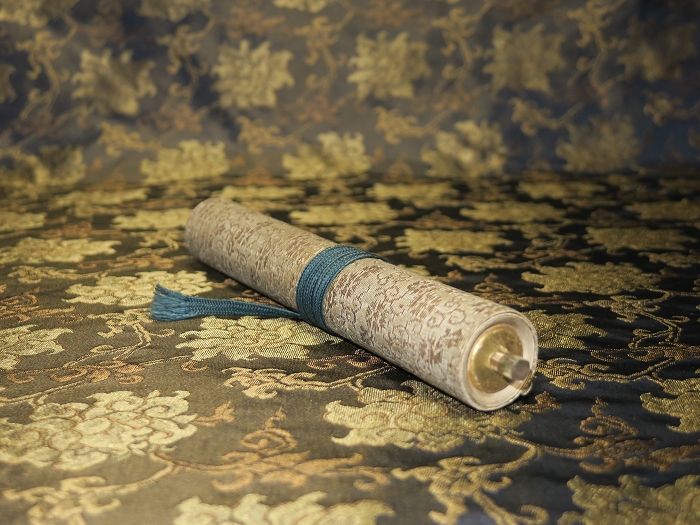
The outer dimensions are about 21×3.5×3cm (length and height), the shaft length is about 20.5cm, the length is about 18×153cm, and the main body is about 15.7×130cm. There are 5 spring paintings, 15 waka songs, Ink and color on paper, brocade mounted.
Inscription: 應需惺々狂斎、依需;seal:樂。 Special insect-proof box attached, extremely beautiful and in good condition.
This work is an excellent work by Kawanabe Kyosai (1831-1889), a painter from the end of the Edo period to the Meiji period, who is popular overseas for his excellent penmanship and unique painting style that goes beyond school. Although it is written in a light, persuasive manner, it portrays the affairs of the imperial court in various ways. Lines without hesitation, solid descriptive power, exquisite power, and a warm and humorous expression. The use of light ink and light colors also shows the characteristics of Kyosai’s work, such as the beautiful mixture of colors and the effective use of color that looks rough but is not wasteful.
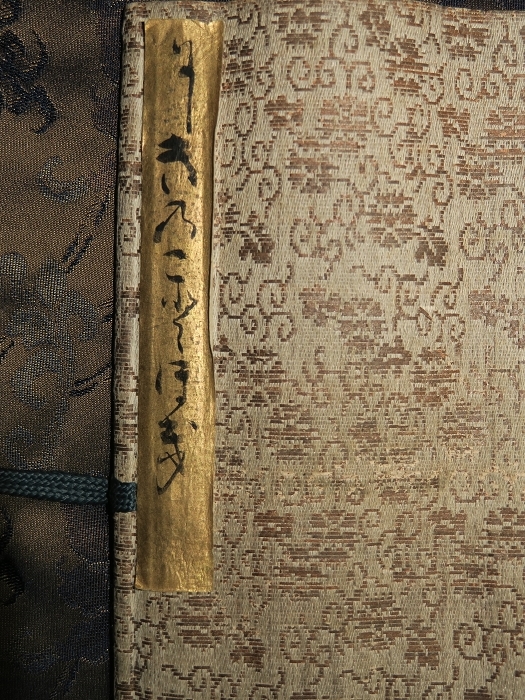
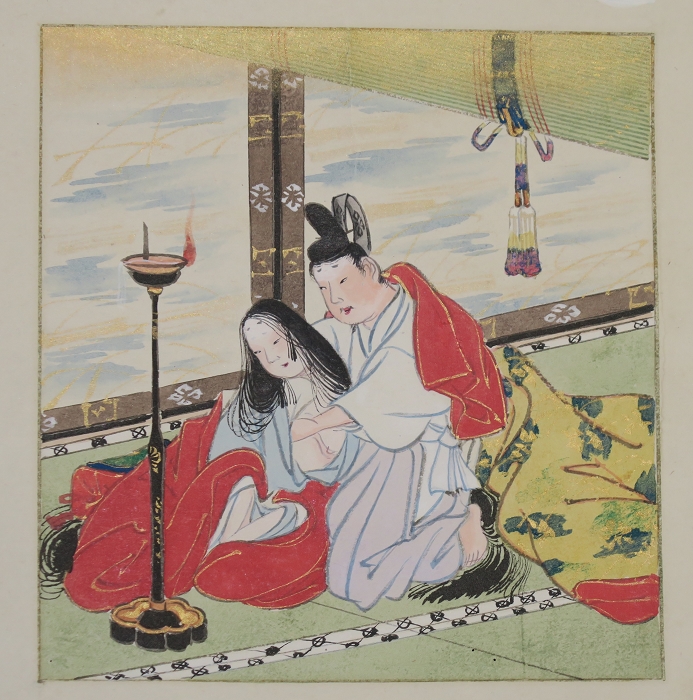
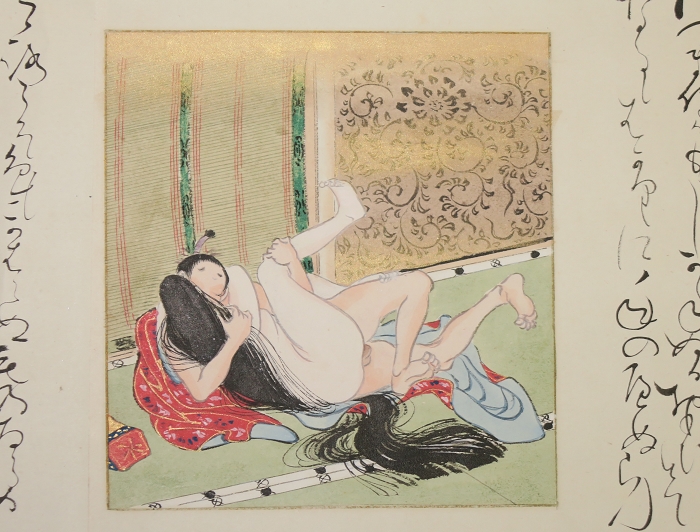
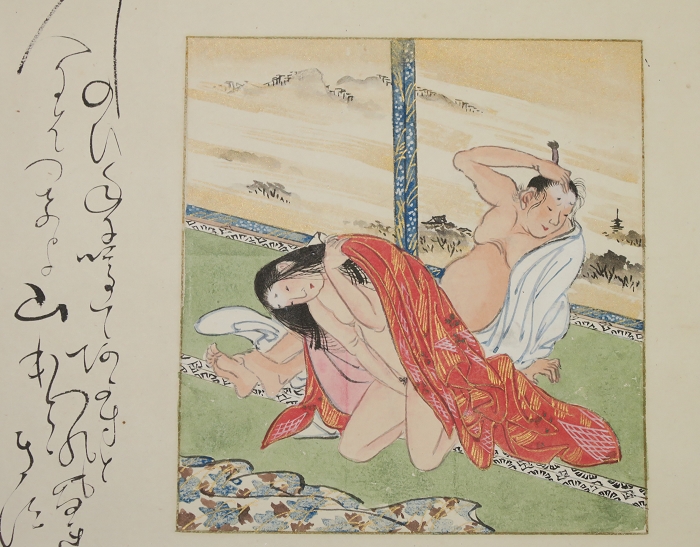
As of 2017, there are only 13 original Kawanabe Kyōsai spring paintings known to have survived, all of which are in the collection of London art dealer Israel Goldman. Goldman is the largest collector of Kyōsai ‘s (暁斎)paintings, which are unparalleled in the world regardless of their quality. It’s a pity that there are no spring paintings signed by “狂斎” in the collection.
Kawanabe Kyōsai (河鍋暁斎, May 18, 1831 – April 26, 1889) was a Japanese artist, in the words of art historian Timothy Clarke, “an individualist and an independent, perhaps the last virtuoso in traditional Japanese painting”.Living through the Edo period to the Meiji period, Kyōsai witnessed Japan transform itself from a feudal country into a modern state.
After working for a short time as a boy with ukiyo-e artist Utagawa Kuniyoshi, he received his formal artistic training in the Kanō school under Maemura Tōwa (前村洞和 ? – 1841), who gave him the nickname “The Painting Demon”, but Kyōsai soon abandoned the formal traditions for the greater freedom of the popular school.
During the political ferment which produced and followed the revolution of 1867, Kyōsai attained a reputation as a caricaturist. His very long painting on makimono (a horizontal type of Japanese handscroll/scroll) “The battle of the farts” may be seen as a caricature of this ferment. He was arrested three times and imprisoned by the authorities of the shogunate.
He took the art name Kyōsai in 1857, and in 1871 changed the first character of this name from 狂 (wild, crazy) to 暁 (dawn, enlightenment). 暁 has two On-readings, “kyō” and “gyō”, the latter being more well-known (many dictionaries provide only this reading), so the artist’s name is also falsely romanised as Kawanabe Gyōsai.
Soon after the assumption of effective power by the Emperor, a great congress of painters and men of letters was held at which Kyōsai was present. He again expressed his opinion of the new movement in a caricature, which had a great popular success, but also brought him into the hands of the police.
Kyōsai is considered by many to be the greatest successor of Hokusai (of whom, however, he was not a pupil), as well as the first political caricaturist of Japan. His work mirrored his life in its wild and undisciplined nature, and occasionally reflected his love of drink. Although he did not possess Hokusai’s dignity, power or reticence, he compensated with a fantastic exuberance, which always lent interest to his technically excellent draughtsmanship.
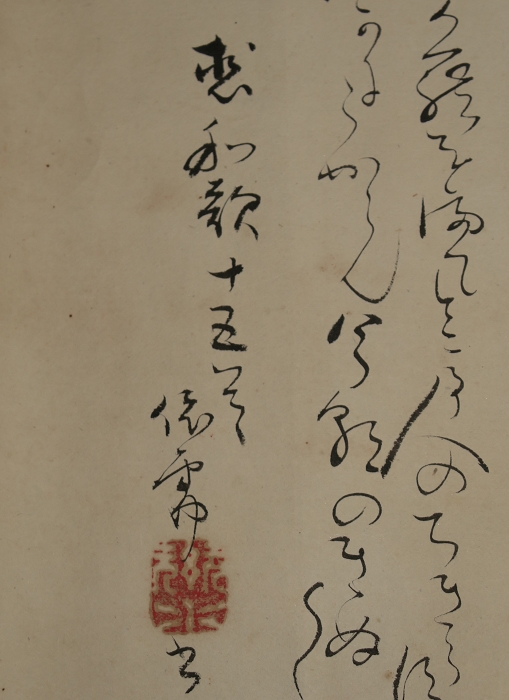
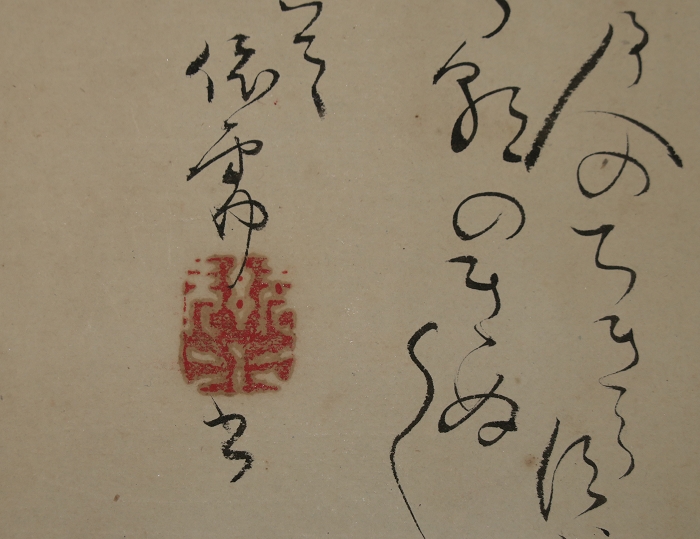
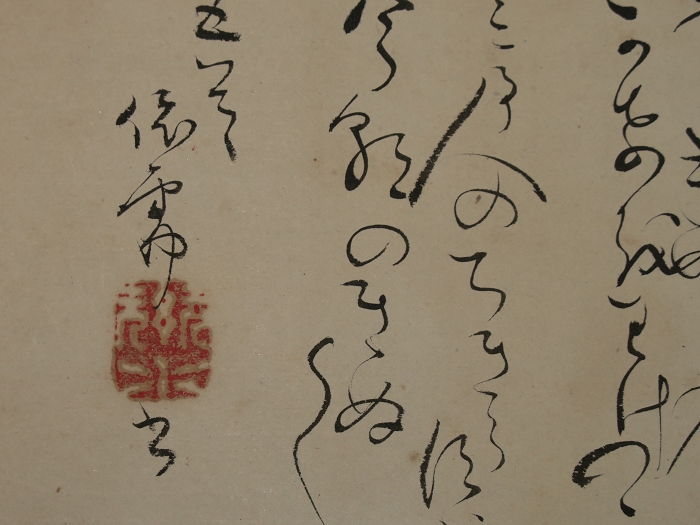
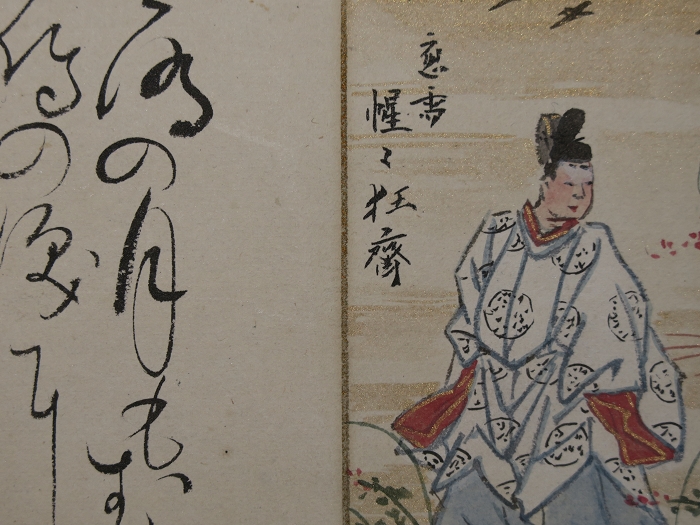
He created what is considered to be the first manga magazine in 1874: Eshinbun Nipponchi, with Kanagaki Robun. The magazine was heavily influenced by Japan Punch, founded in 1862 by Charles Wirgman, a British cartoonist. Eshinbun Nipponchi had a very simple style of drawings and did not become popular with many people, and ended after just three issues.
In addition to his caricatures, Kyōsai painted a large number of pictures and sketches, often choosing subjects from the folklore of his country, Nô drama, nature and religion, for example. A fine collection of these works is preserved in the British Museum; and there are also good examples in the Guimet Museum at Paris.
Erwin Bälz wrote in his diary that Kyosai died because of gastric cancer.A crater on Mercury has been named in his honor.
